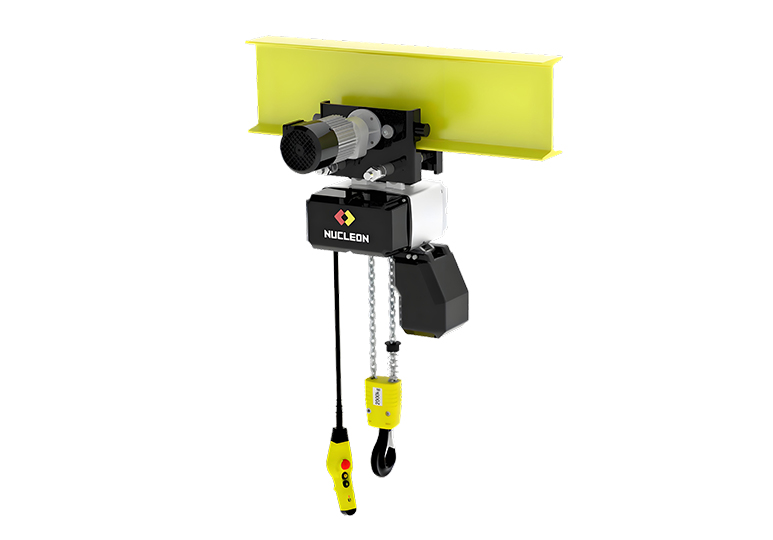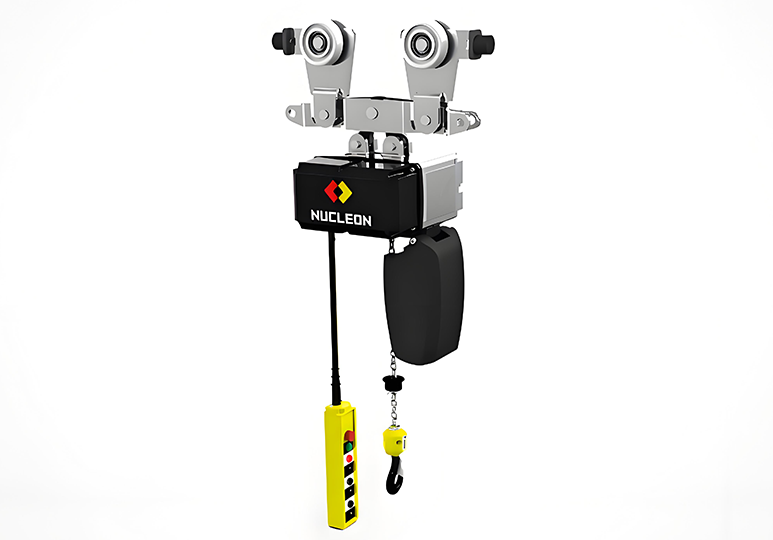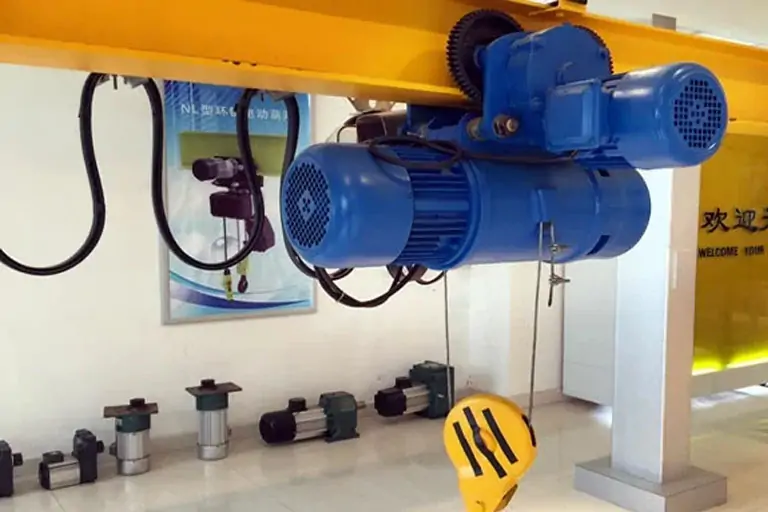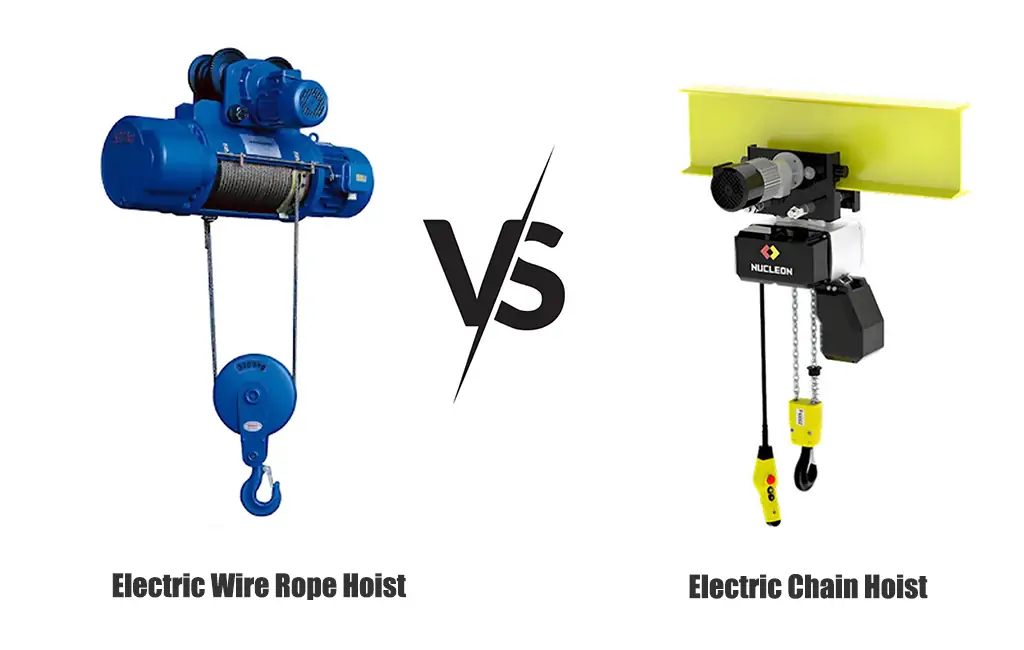Electric hoists are widely used in many industries, including logistics and chemical processing. Rope guides are a crucial component of electric hoists. They prevent wire rope deflection and tangling, significantly reducing safety hazards associated with electric hoists. This article will explain the functions, types, and key selection criteria for electric hoist rope guides, providing practical guidance for equipment operators and maintenance personnel.
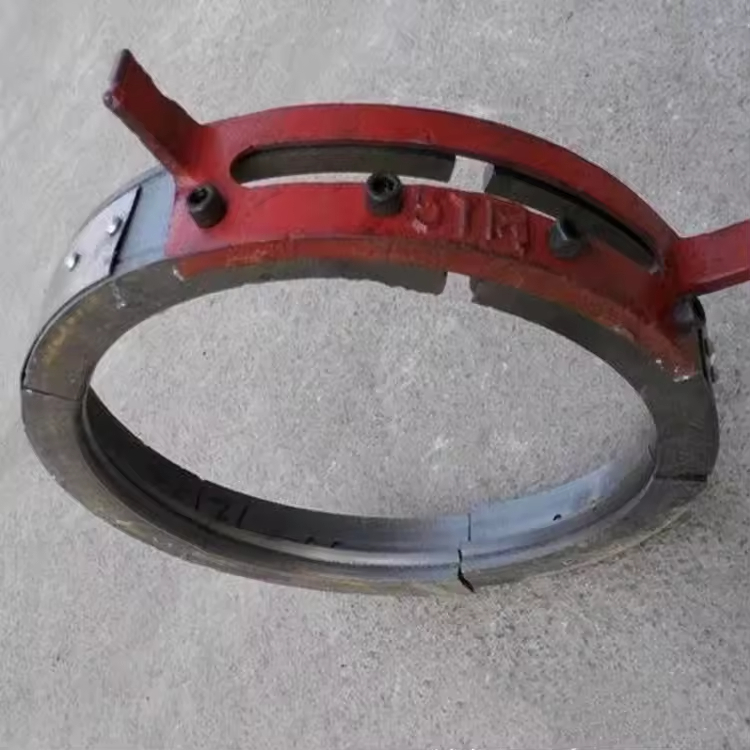
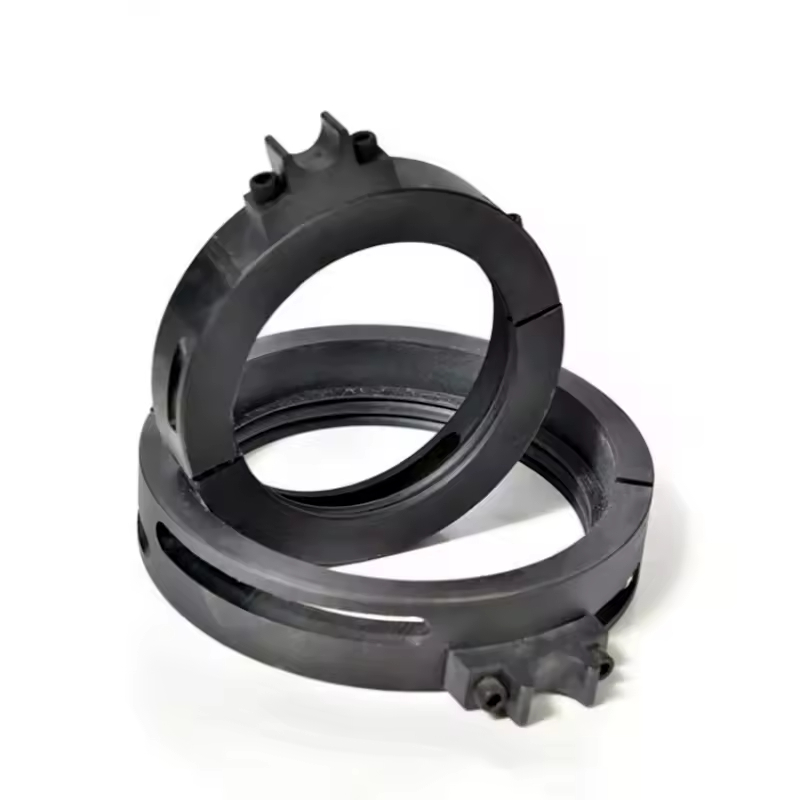
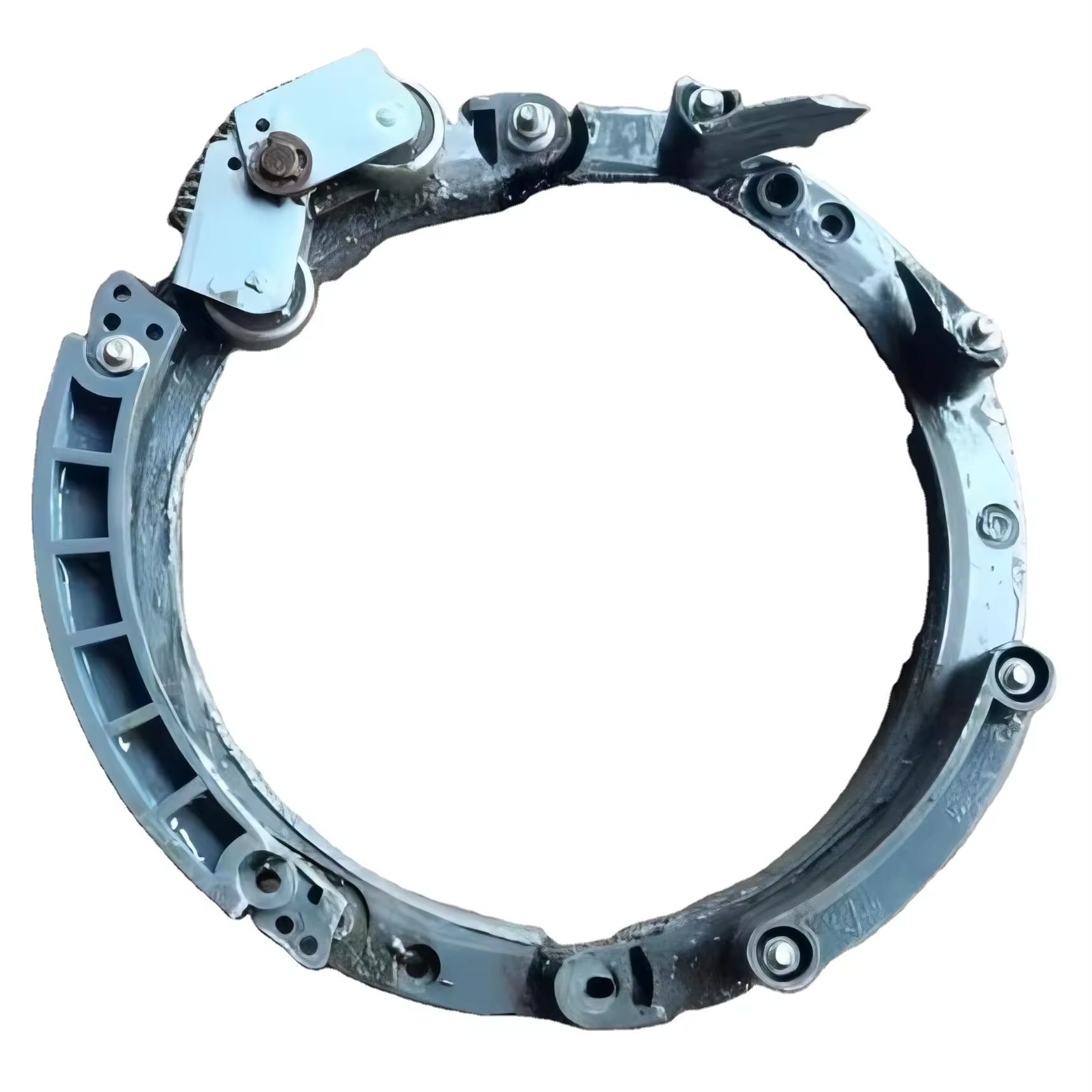
Function of the rope guide
The rope guide is installed between the drum and pulley of the electric hoist and is in direct contact with the lifting rope. Its core function is to ensure that the rope can be evenly wound and released on the drum during the hoist's lifting process. The rope guide goes far beyond the basic guiding function and has the following core advantages:
Preventing Rope Deviation and Knotting: When operating at high speeds or lifting heavy objects, the rope can easily shift on the drum, causing it to overlap, become tangled, or become twisted, deformed, or bulge. Rope guides limit the rope's range of motion, ensuring it remains within the drum's grooves, preventing entanglement.
Reduced rope and drum wear: When the rope is retracted or released, it will rub against the edge of the drum or other components, causing rope wear. The reasonable contact design of the rope guide can reduce the wear between the rope and the rope guide to a certain extent, extending the service life of the rope and drum.
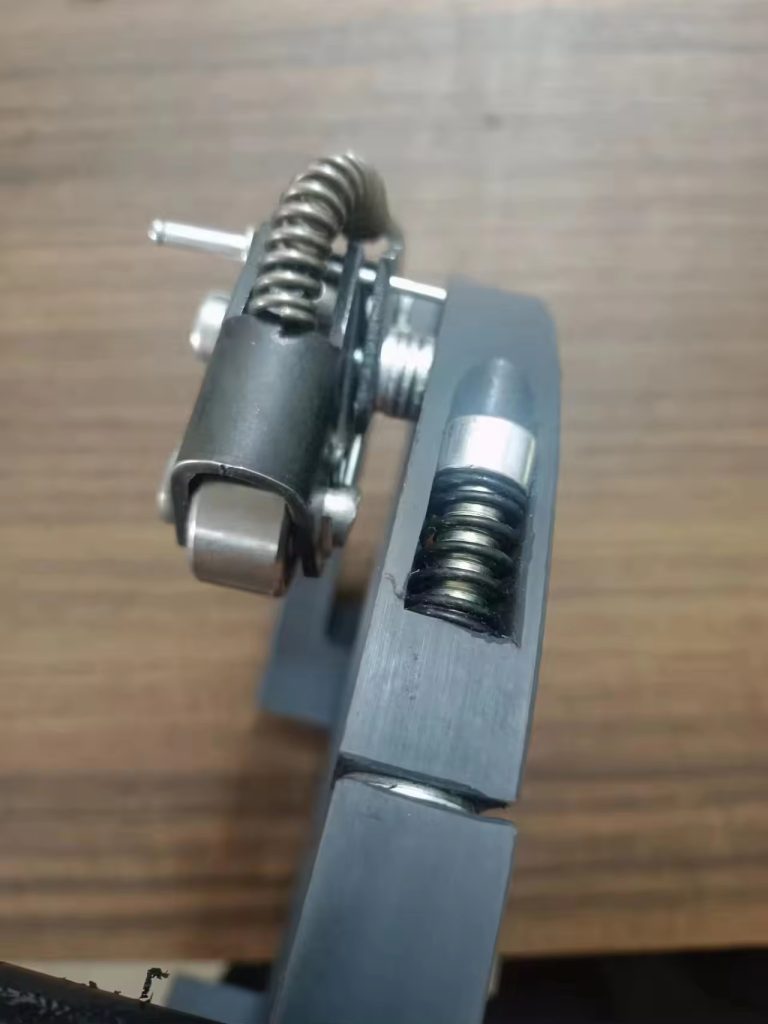
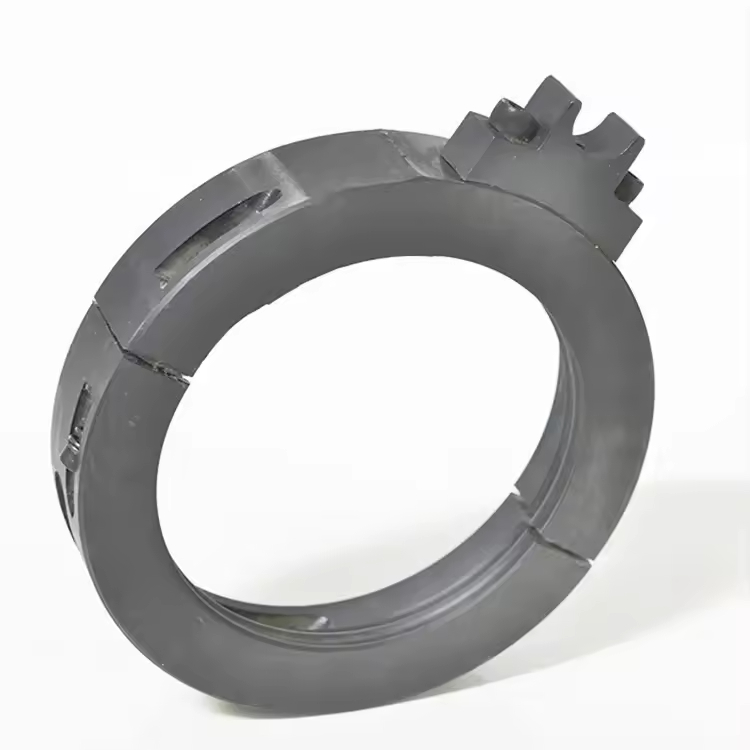
Improved operational safety: Rope deviation during electric hoist operation can cause the load to sway, leading to an unstable center of gravity and increasing the risk of collision with surrounding equipment or personnel. Rope guides ensure controlled rope movement, reducing the risk of load sway and improving workplace safety.
Improve hoist operation efficiency: If the rope is deflected or knotted, it needs to be manually adjusted, which will interrupt the lifting process and reduce operation efficiency. The rope guide does not require manual intervention and automatically adjusts the rope when it is retracted and released.
Types of electric hoist rope guides
Due to differences in electric hoist structure, load-bearing capacity, application scenarios, and materials, rope guide designs vary. The following introduces common rope guide types, their characteristics, and applicable scenarios from a material perspective.
Nylon rope guide
The Nylon Rope Guide produced by Nucleon is available in standard capacities of 1t, 2t, 3t, 5t, 10t, 16t, and 20t, with custom specifications available upon request to meet diverse operational requirements.
Nylon rope guides are mainly made of high-strength nylon, and some of them will add glass fiber and other ingredients to improve toughness.
المزايا: Lightweight and easy to carry. The nylon rope guide has a smooth and elastic surface, preventing scratches when guiding the rope. It is corrosion-resistant and is not susceptible to aging or deterioration in humid, weakly acidic, or weakly alkaline environments. It also absorbs some noise during operation.
Disadvantages: Poor high-temperature resistance. When the operating environment temperature is high, it is easy to soften and deform, resulting in reduced accuracy. The load-bearing capacity is limited, and it is easy to crack under long-term heavy load use.
Applicable scenarios: Mostly installed on الرافعات الكهربائية الأوروبية. Suitable for humid environments, chemical sites, etc.

Cast iron rope guide
Standard specifications for cast iron rope guides include 0.5t, 1t, 2t, 3t, 5t, 10t, 16t, 20t, and 30t. Custom designs are available to meet diverse operational requirements.
Cast iron rope guides are molded from grey cast iron and are rugged enough for most applications.
المزايا: Compared to nylon rope guides, it can withstand greater tension and impact, is resistant to high temperatures, is less prone to wear, and has lower maintenance costs.
Disadvantages: Its corrosion resistance is relatively poor. It is easy to rust in humid, dusty ,or corrosive gas environments and requires regular anti-rust treatment.
Applicable scenarios: Cast iron rope guides are widely used in scenarios that require high strength and wear resistance. Both CD1 and MD1 wire rope electric hoists mainly use round cast iron rope guides.
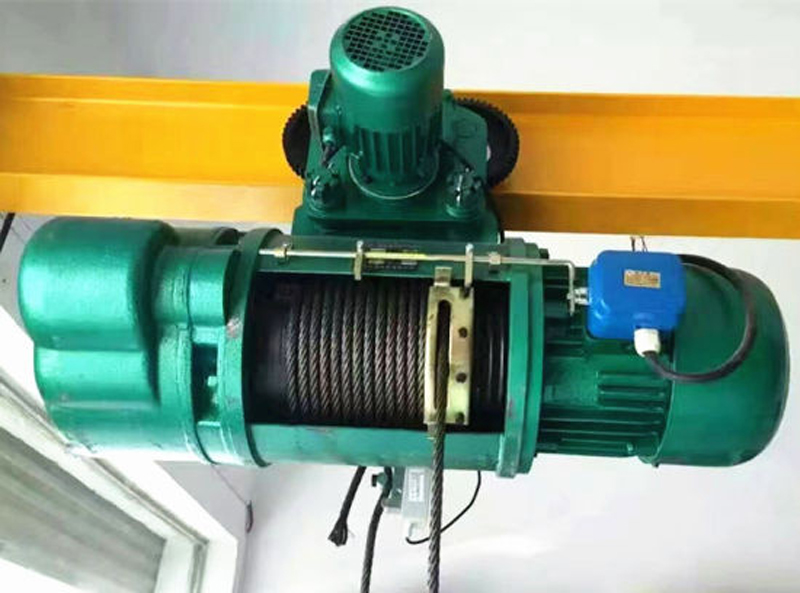
Rebar rope guide
The rebar rope guide is made of high-strength steel, which available in 0.5t, 1t, 2t, 3t, 5t, 10t, 16t, 20t, and 30t capacities, suitable for a wide range of lifting and rigging applications.
المزايا: It has a strong load-bearing capacity and is more wear-resistant and durable than cast-iron rope guides. It is also lighter and less expensive than cast-iron rope guides.
Disadvantages: The structure is not flexible enough, and it is difficult to adjust the structure to suit the rope. The corrosion resistance is poor, and the steel material is prone to rust and corrosion. The rust and dirt on the surface will increase the wear of the rope.
Applicable scenarios: The rebar rope guide is also suitable for الرافعات الكهربائية CD1 وMD1, but it is lighter and can be used for electric hoists with a weaker load capacity.
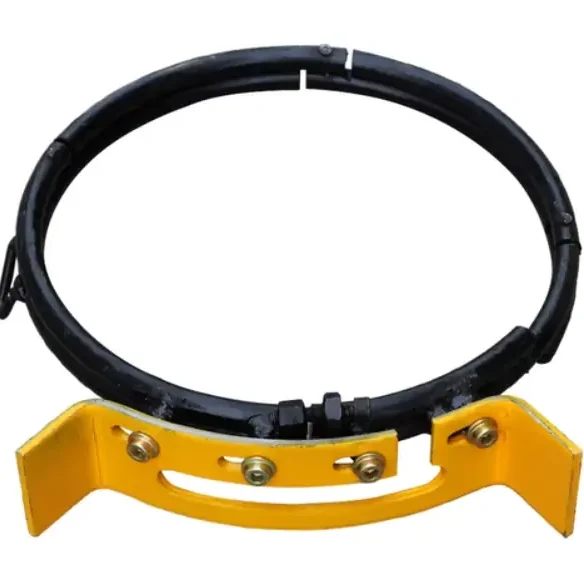
How to choose a rope guide
The rope guides have different structural designs, and the ropes they can guide and the functions they can achieve will vary greatly. Therefore, when purchasing a rope guide, it is important to consider the following factors:
Should be adapted to the load-bearing capacity of the electric hoist and the rope diameter
The rope guide can only bear a limited amount of tension generated by the electric hoist. If the load capacity is insufficient, the rope guide will deform or even break. The load capacity of rope guides made of different materials varies greatly. Nylon rope guides have a weak load capacity, while iron rope guides have a strong load capacity. The rope guide's roller spacing and guide rail groove width must be adapted to the rope diameter. If the inner diameter of the rope guide is too large, it will cause the rope to deviate, while if it is too small, it will squeeze the rope and cause wear.
Adapt to reel diameter and winding speed
The electric hoist's drum determines the degree of rope curvature, which in turn affects the installation position and guide angle of the rope guide. Different rope winding speeds also require different rope guides. High-speed ropes require wear-resistant and structurally stable types.
Working environment
Outdoor, humid environments, or chemical plants: Nylon rope guides with strong corrosion resistance are preferred. If cast iron or steel rope guides are required, their surface must be galvanized or painted with anti-rust paint to prevent corrosion.
Dusty or high-temperature environments: Nylon rope guides are prone to softening and deformation in high-temperature environments. Cast iron rope guides have good high-temperature resistance and strong bearing capacity, making them more suitable for high-temperature and heavy-material environments such as steel mills and mines.
خاتمة
While a rope guide is just a small component of an electric hoist, it helps organize the wire rope, reduce equipment risks, and improve operational efficiency. Choosing the most appropriate rope guide type based on the operating environment and equipment requirements can significantly improve equipment efficiency and reduce the risk of accidents.



